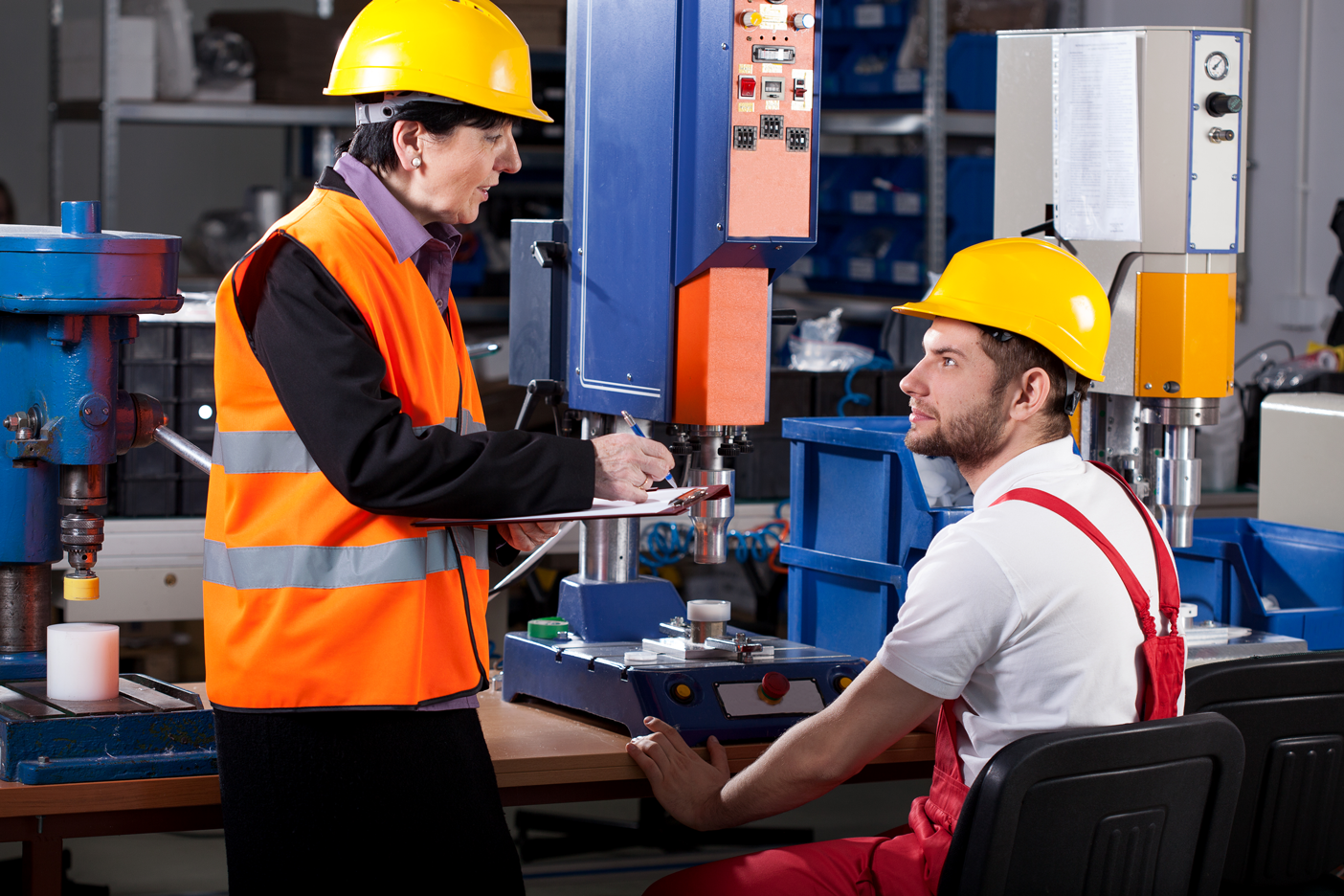[et_pb_section fb_built=”1″ _builder_version=”3.26.5″][et_pb_row _builder_version=”3.26.5″][et_pb_column type=”4_4″ _builder_version=”3.26.5″][et_pb_text _builder_version=”4.6.4″ hover_enabled=”0″ sticky_enabled=”0″]
Goals need to be fulfilled, KPIs need to be maintained, and projected targets need to be delivered upon. In so many words, the pressure is on.
Within a production environment, this is the everyday reality—a continuous cycle of needs to be met. The hectic nature of production is important, because it defines the core value of an organization, but as production continues to perform—and pressure continues to be applied—the standard to maintain safe working practices can become lax in an effort to keep production running without pause. Obviously, this is not ideal, as production presents inherent workplace safety concerns, and employee safety should always stand as a top concern for organizations, but when deadlines are looming, how does an organization react? Can there be such a thing as a Culture of Safe Production™?
What is the Top Priority?
In large part, this depends on the presence of an established safety program. For some organizations, the answer is that production outweighs safety, compliance, and regulation. Incidentally, many of these same organizations will tout a “Safety Comes First” or “Safety is #1” mindset. These organization’s generally lack the foundation provided by a well-versed safety program, or the guiding hand of strong safety leadership, and because of this, they view safety and production as being in direct competition.
When leaders and supervisors treat production and safety as two opposing forces, it tends to sour overall employee views on safety in general, due in large part to the misguided notion that only production leads to profit. Thus, if production and safety exist on opposite ends of a spectrum, safety prevents profit, hurts production, and turns safety into a “necessary evil”. These types of mindsets are as incorrect as they are dangerous. Willfully treating safety as a problem to be skirted when the opportunity arises creates a spike in on-the-job injuries, production-halting accidents, and a plethora of unsafe workplace conditions asking to be audited.
Teamwork vs Competition
Instead, the better choice is to view safety and production as two interconnected forces working together to achieve a singular goal. This is the cornerstone of a Culture of Safe Production™, establishing that following the guidelines set-out by safety leadership to adhere to the organization’s safety program will in fact lead to more efficient production. How does efficiency come from a well-trained safety leadership and safety program? It’s achieved because the culture of safety increases employee awareness, decreases production-slowing injuries and accidents, and creates a system of continuous improvement through collected and synthesized safety data. When this happens, not only are safety concerns addressed, but production improvements are discovered by the front-line employees performing production tasks, cementing a culture of safety-minded, empowered employees who trust that their employer has their best interests in mind, leading those same employees to work harder in return.
In short, by investing in the training, workshops, and time to establish a solid safety program—to the creation of a Culture of Safe Production™—the organization is actually investing in future improvements to production, and thus, to the organization’s continued future success.
Optimum Safety Management provides information and services to help companies develop safety leaders and improve overall safety performance. For more information on how Optimum Safety Management can assist with your businesses’ safety needs, contact an expert today, or reach out via phone at 630-759-9908.
[/et_pb_text][/et_pb_column][/et_pb_row][/et_pb_section]








